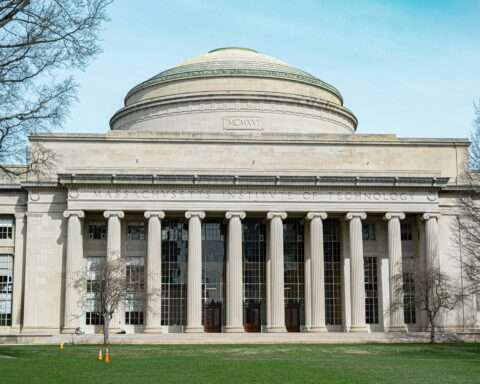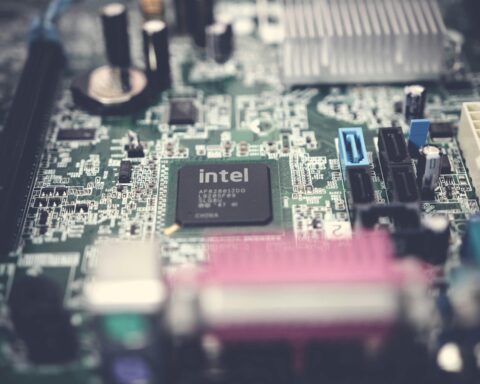The U.S. Department of Commerce’s National Institute of Standards and Technology (NIST) is announcing a new artificial intelligence (AI) readiness task force that will prepare the nation for new, rapidly evolving AI technology.
The Testing Risks of AI for National Security (TRAINS) task force will be helmed by NIST’s Artificial Intelligence Safety Institute, a federal consortium of higher education institutions along withstate, federal and local agencies and other AI stakeholders.
Members will bring unique, specialized expertise to the task force and help further its mission – conducting coordinated research and testing of AI models to inform national security initiatives and AI safety for the public.
The forward-looking initiative aligns with other federal efforts to maintain the nation’s technological edge in AI and AI safety, seeking to strengthen national leadership in AI innovation and prevent hostile nations from exploiting AI inventions.
The TRAINS taskforce will consist of the following agencies and sub agencies:
The Department of Energy
- Argonne National Laboratory
- Brookhaven National Laboratory
- Idaho National Laboratory
- Lawrence Berkeley National Laboratory
- Lawrence Livermore National Laboratory
- Los Alamos National Laboratory
- Oak Ridge National Laboratory
- Pacific Northwest National Laboratory
- Sandia National Laboratory
- Savannah River National Laboratory
The Department of Defense
- Chief Digital and Artificial Intelligence Office
- National Security Agency
The Department of Homeland Security
- Cybersecurity and Infrastructure Security Agency
The Department of Health and Human Services
- The National Institutes of Health
Together, these agencies will collaborate to develop new AI evaluation methods and benchmarks, conduct joint national security risk assessments and engage in red-teaming exercises to better understand AI’s potential threats. Guided by the recently-approved National Security Memorandum on AI, TRAINS is anticipated to expand its agency across the federal government as AI technology’s research, development and implementation continue.
Photo by Pixabay













